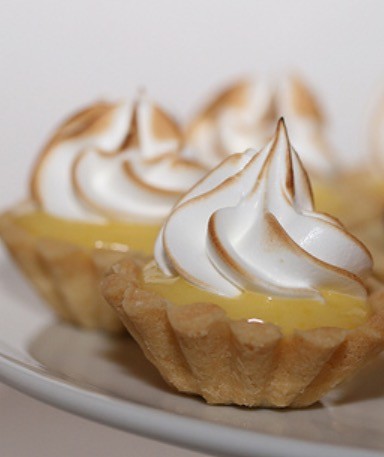Sweet thoughts, and treats, for the new year
It’s that time of year, New Year’s Eve. Although not a Jewish holiday, many of us use it as a time to get together with friends, as most of us are off the next day.
I decided to check out some customs around the world to see how others celebrate. To my surprise, many countries have very different customs than we do.
In São Paulo, La Paz, and other spots, people wear brightly colored underpants to ring in the new year — red if they’re looking for love, and yellow for money.
It’s no wonder we all welcome the holiday with such enthusiasm. Here in the U.S. (and in lots of other countries), the event is celebrated with fireworks and parades, parties and toasts. Some cultures, though, have more unusual ways of ushering in the new year.
In the Philippines, wearing polka dots and eating round fruits is supposed to ensure a prosperous new year; in Spain, wolfing down handfuls of grapes as the clock strikes 12 (one grape at each stroke of the clock, each signifying good luck for one month of the coming year) is said to have the same effect.
In other countries, New Year’s customs are about driving away the bad spirits of the past year, so that the new one can arrive fresh and uncorrupted. The purifying power of fire is often used in such ceremonies. During the Scottish festival of Hogmanay, for instance, village men swing giant blazing fireballs over their heads as they march through the streets. In Panama, effigies of popular celebrities and political figures—called muñecos—are burned.
No matter how odd they may seem to us, though, these customs share an optimism that’s hard not to appreciate. Out with the old, in with the new!
Danes ring in the new year by hurling old plates and glasses … against the doors of friends’ and relatives’ houses. They also stand on chairs and then jump off them together at midnight.
It’s a longtime Finnish tradition to predict the coming year by casting molten tin into a container of water, and then interpreting the shape the metal takes after hardening. A heart or ring shape means a wedding in the new year; a ship forecasts travel; and an animal shape signifies plenty of food.

 47.0°,
Overcast
47.0°,
Overcast 




